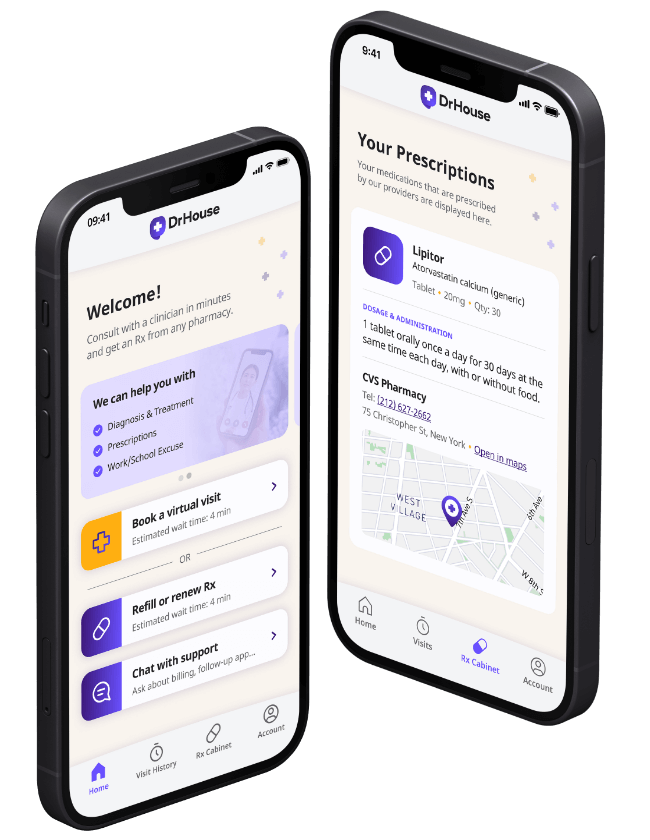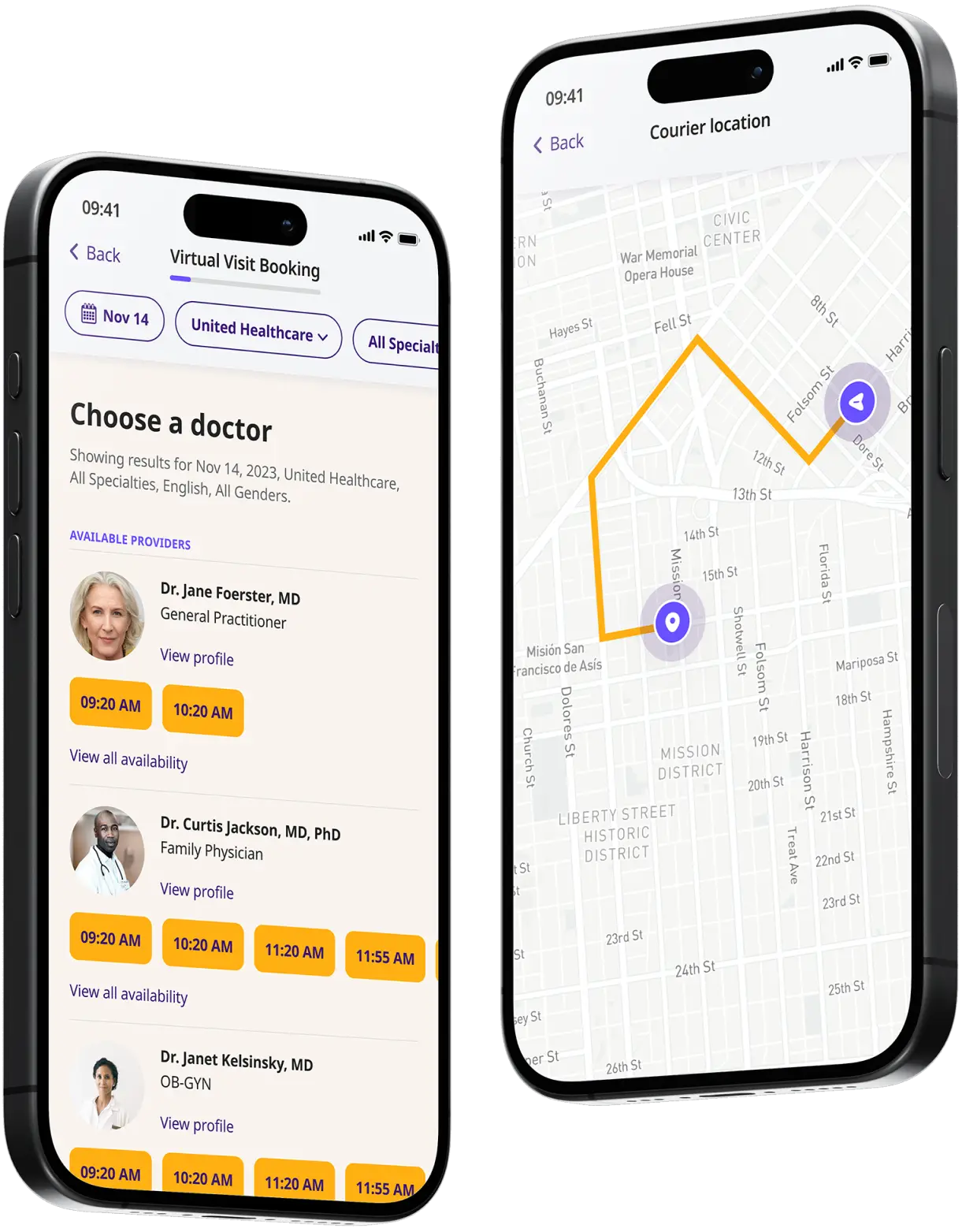Get a Loratadine Prescription Online (Claritin)
Get a new prescription for loratadine (Claritin) or refill your medication online.

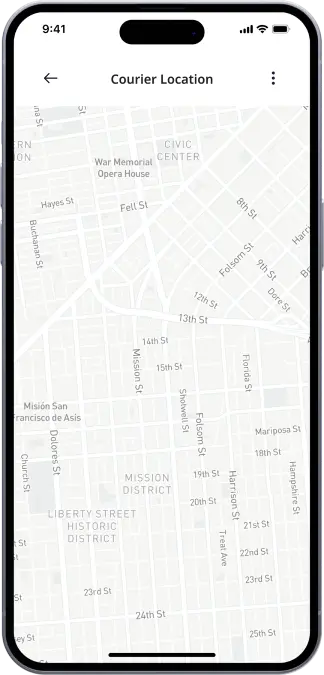
Available in 50 states. Insurance accepted.
Fast
virtual visits
24/7 care
assistants
Prescriptions
as needed

24/7 Personal Care
Consult with a physician in 15 minutes, refill an Rx or chat with our care assistants.

Affordable & Convenient
See your cost upfront and get treatment for hundreds of different conditions.

Insurance Accepted
We accept most major insurance plans, making healthcare easy and affordable.
See If Delivery Is Available Near You
Delivery Not Available
Enter your ZIP code to check if prescription delivery is available in your area and how soon your meds could arrive.
How to get started
Choose your doctor, start a virtual visit, and have your prescriptions sent to your preferred pharmacy for pickup — all in just a few easy steps.
Choose a doctor
Choose a physician by availability, specialty, ratings, and more.
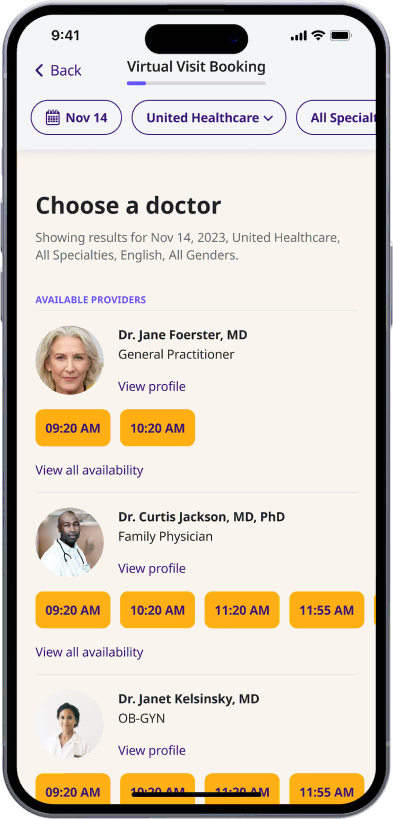
Start your video visit
Connect with a doctor in minutes on a secure video call.

Get your prescription
Pick up your meds or have them delivered in as little as an hour.
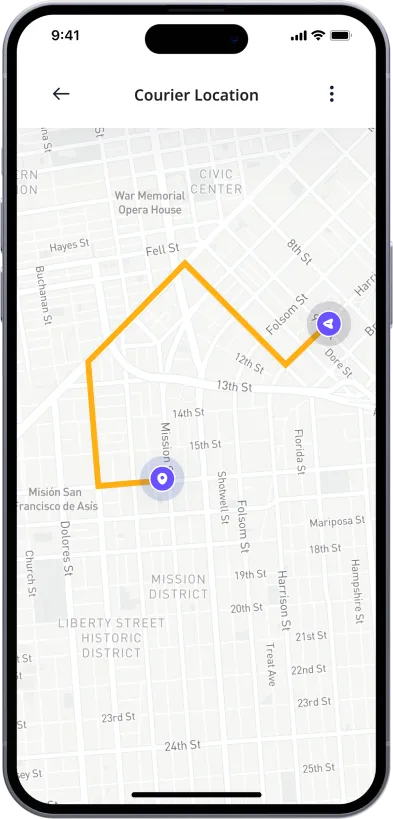
Available in 50 states. Insurance accepted.
One-Time
Physician Visit
One-time visit with a physician for diagnosis, treatment, Rx, labs, referrals, and doctor’s notes.
Accepted Insurances
See why people turn to DrHouse...
As seen in

Loratadine (Claritin)
What Is Loratadine?
Loratadine is a generic antihistamine that’s used by both adults and children to treat the symptoms of various allergies. It is one of the most common allergy medications on the market and is found under the brand name Claritin.
Unlike other antihistamines, Loratadine provides anti-allergic benefits without a sedative effect. In simple terms, it treats allergies but has a lower chance of causing drowsiness when compared to other antihistamines.
In the majority of cases, this drug is provided as an oral tablet.
How Does Loratadine Work?
As a member of the antihistamine family, Loratadine works similarly to other members of this drug class. Histamines are substances in the body that trigger an allergic response. This is what makes your eyes itch or your nose gets really running.
Therefore, an antihistamine like Loratadine is designed to block the histamines in your body. It binds to specific histamine receptors and stops the histamine from impacting these receptors and triggering allergic symptoms.
Consequently, you should see less of an allergic reaction from your immune system.
What Is Loratadine Used For?
Loratadine treats allergic symptoms in individuals with upper respiratory allergies. These are allergies that affect the upper respiratory tract (nose, lungs, throat, etc.) and are typically classified as airborne allergies because you inhale the allergens.
Common allergies Loratadine is effective at treating include:
- Seasonal allergies (hay fever)
- Mold allergies
- Pet allergies
- Dust mite allergies
When taken regularly, Loratadine will help reduce the following symptoms:
- Stuffy nose
- Running nose
- Itchy eyes
- Watery eyes
- Itchy or irritated throat
- Sore throat
Loratadine will not treat severe allergic reactions such as hives – and it should not be used to treat other types of allergies, like food allergies. Likewise, Loratadine will not be effective at treating the symptoms displayed above if they were caused by non-allergenic responses. For example, a stuffy nose caused by the common cold will not be treated by Loratadine.
What Are the Side Effects of Loratadine?
You may encounter both mild and severe side effects when using Loratadine. Thankfully the most common side effects are extremely mild and usually subside very quickly. If you experience any of the symptoms listed below after taking Loratadine, there is normally no cause for concern.
Common side effects include:
- Very mild drowsiness
- Slight fatigue
- Dry mouth
- Mild headaches
You should only be worried about these side effects if they worsen or linger for more than a couple of weeks. Consult your doctor in these scenarios as they can alter the dose or find a different medication to treat your allergies.
Loratadine can have serious side effects, though they are extremely rare. If you notice any of the following, stop taking this medication immediately and seek medical assistance:
- Swelling around your face or skin
- Swelling in your throat with difficulty swallowing
- Severe itchiness
- Hot flushes
- Extreme fatigue
People with these severe symptoms are likely to have an allergic reaction to Loratadine, meaning they should not continue taking this drug. Of course, be sure to see your doctor and go through all the necessary checks to ensure this is the case.
While all the side effects listed above are among the potential side effects of loratadine, it is by no means a comprehensive list.
For a complete understanding of the potential side effects associated with Loratadine, please consult a medical professional or read the patient leaflet that comes with the drug.
How to Take Loratadine?
Loratadine is most commonly administered as an oral tablet that can be taken daily with water. When obtaining your prescription, you will receive a detailed breakdown of how to take this medication from your doctor. This will include the dosage, so you understand how many tablets to take per day.
Individuals with extreme allergic symptoms may have to take a slightly higher dose than those without them.
It’s important to note that Loratadine tablets are designed to be swallowed in one go. You should not crush this tablet up or mix it with food/drink. Swallow it whole with a glass of water – and you can do this with or without food. Individuals with difficulty swallowing tablets should consult with a doctor as they can prescribe an alternative form of Loratadine to take.
In terms of timing, Loratadine can be taken at any time of day. If you discover that it makes you feel a bit drowsy or fatigued, it could be best to take your tablet in the evening, a couple of hours before going to sleep.
To see the full effects of Loratadine – and a greater reduction in allergic symptoms – follow your doctor’s orders and keep taking the tablet regularly. If you experience any side effects or don’t notice an improvement in your symptoms, speak to your doctor. They will see if an increased dose is better for you, or if another treatment may be more effective.
Frequently Asked Questions About Loratadine
What to Avoid While Taking Loratadine?
It is important to follow all instructions given to you by your doctor while taking Loratadine. This includes avoiding certain substances that could interfere with the effectiveness of this drug, or even cause serious side effects. It is best not to consume any of the following when taking Loratadine:
- Alcohol – Drinking alcohol while taking Loratadine can increase your risk of experiencing some side effects associated with the drug such as dizziness and drowsiness.
- Other antihistamines – Taking other antihistamines alongside Loratadine can increase their side effects and potentially even cause an overdose.
- Certain other medications – Some antibiotics and antifungal medications can interact with Loratadine, increasing the risk of side effects. Make sure to speak with your doctor about any other drugs you are taking before starting loratadine.
Because Loratadine might cause drowsiness or fatigue, you should avoid activities that require alertness such as driving or operating heavy machinery when you start the medication. Wait until you understand how this drug affects your body before participating in any activities that could be dangerous.
The list of things to avoid when taking Loratadine isn’t exhaustive, so be sure to talk with a doctor about anything else that could interfere with the medication. They will be able to provide more detailed information and explain which substances can impact the effectiveness of this drug.
What Is the Most Common Side Effect of Loratadine?
Lorat typically causes fewer side effects than other antihistamines and the overall side effects can vary in severity and occurrence depending on the individual. The most common side effect is mild drowsiness or fatigue.
Other common side effects may include:
- Dizziness
- Headaches
- Dry mouth
- Nervousness
- Stomach pain
- Nausea
- Diarrhea
The listed side effects above are just some of the most common side effects and reactions that users have experienced when taking Loratadine. Be sure to read the patient leaflet or speak to your doctor if you have any concerns about the potential side effects. They will be able to provide more detailed information about potential risks associated with this drug.
How Long Does It Take for Loratadine to Work?
Loratadine is a rather fast-acting drug and you should start to notice an improvement in your allergy symptoms in about an hour.
The peak effect is usually around 8 to 12 hours after taking it, but relief from allergy symptoms can last for up to 24 hours.
It’s important to note that the exact time frame and duration of relief may vary depending on the individual. As with all medication, it’s best to take loratadine as directed by your doctor. This will ensure you get the most out of this drug and experience optimal relief from your allergies.
What Is the Typical Dosage for Loratadine?
The typical dosage of loratadine for patients 6 and older is 10 mg taken once per day. For children aged 2 to 6, the dose is generally 5 mg taken once per day.
The exact dosage you should take of Loratadine will largely depend on the severity of your symptoms and the underlying cause. Always speak to your doctor about which dose is right for you and follow their instructions.
It’s important to note that you should never take more than the prescribed amount of Loratadine in a 24-hour period. Doing so can increase your risk of experiencing side effects and won’t necessarily result in better relief from allergy symptoms.
Can You Get Loratadine Over-The-Counter (OTC)?
Yes, Loratadine is available over-the-counter (OTC) and can also be prescribed by a doctor in specific circumstances. While you can easily acquire Loratadine OTC for the relief of symptoms associated with allergies, such as sneezing, runny nose, and itching, a healthcare professional may prescribe it in a particular dosage or form for specific medical conditions.
For more detailed information about loratadine (Claritin), you can refer to the following sources:
- Claritin prescription label, Food and Drug Administration (FDA).
- Loratadine, Drugs.com.
- Loratadine, MedlinePlus.
- Loratadine, U.S. National Library of Medicine.
The content on this page has been medically reviewed for accuracy and comprehensiveness by Amy Dougherty, FNP-BC, AGAC
Frequently asked questions


